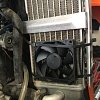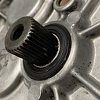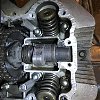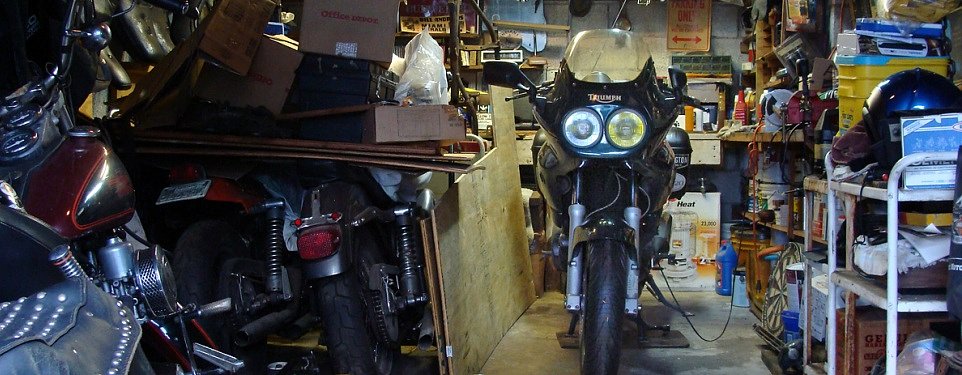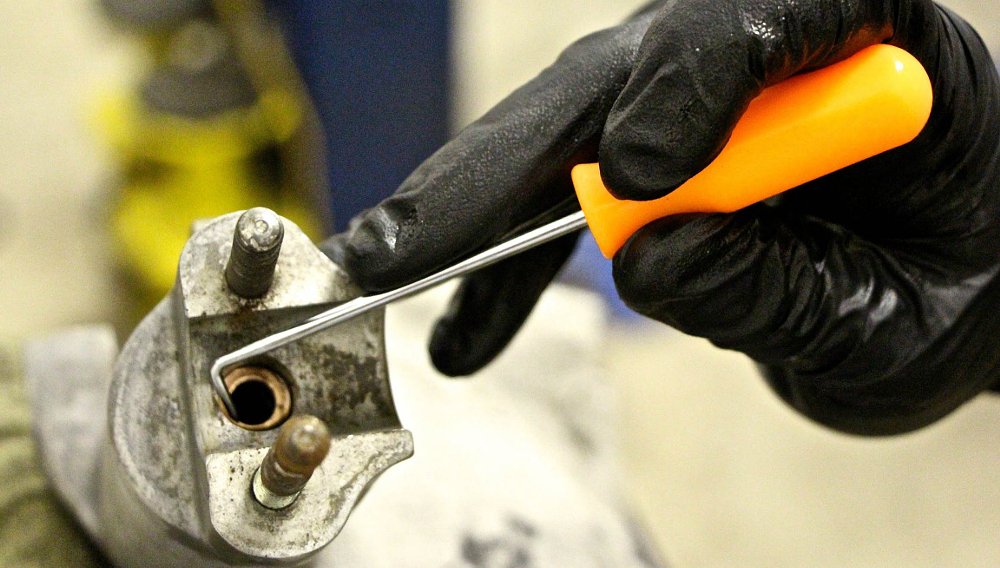Every used motorcycle has a story. If you buy an all-stock, low-mileage, late-model sport-tourer, it might be a pretty short and boring story. But if you're thrifty (ahem, cheap) like me, and you’ve got a preference for vintage stuff from the era when points ignition roamed the earth, you might end up with a bike that’s full of mysteries.
If only motorcycles could talk.
Although I’m not a very experienced mechanic, I’ve already had those moments in the shop that left me wondering: Why did the previous owner do that? Why did they install this weird aftermarket part or strip the head on this bolt? (Cue the cursing.)
After spending hundreds of hours in my garage maintaining, improving, and fixing my three old motorcycles, an idea struck me. How about I save the next owner a bit of head-scratching? What if I wrote a quasi-confessional letter for each of my motorcycles to (briefly) explain their mechanical oddities to the next rider down the line? They might read like this.

To the dirt-loving rider who will own my 2006 KTM 250 XCW:
Two-strokes! Wow, I kind of thought they’d be outlawed by this point, but that’s great news for you. Apart from its dubious environmental impact, this simple, tough machine is a fun way to get in over your head on single-track. I sure did.

You might also be wondering about that little radiator fan. Looks like an 11-year-old did that wiring and zip-tie job, right? Well, with my paper route, all I could afford was a few cheap parts from noted motorcycle retailer Amazon. So, I slapped it together. It’s not pretty, but it actually works! I’ve had far fewer steam baths on slow, hot technical climbs since I hacked that together.
Well, I don’t want to bore you by explaining the many dents, scratches and busted plastic on this old beast. Suffice to say, I learned a lot on this KTM.

To the Germanophile who will buy my 1974 BMW R75/6
First things first, am I writing to an Airhead purist who worships at the shrine of 1970s West German engineering? If so, sorry about the turn signals. They were just too clunky for me so I swapped them out for some sleek little blinkers. Here, let me see if I can find them in the garage…
Oh, but if you do go to install the OEM signals, brace yourself. My soldering work was ghastly. The extra electrical tape was an act of desperation. Good luck.
If you find yourself going into the engine, I’m afraid you’ll find the splines on the transmission shaft aren’t quite pristine. Just like that episode of “Malcolm in the Middle” when Hal starts by trying to replace a lightbulb and ends up underneath his car on a wild goose chase, my adventure with the transmission started innocently enough. I thought I was just going to sneak in there with an acid brush and easily lube those splines in an afternoon. Then I found a leaky seal. Then I did the clutch.

Long story short, I struggled to replace that bum seal, and I didn’t realize how delicate those splines are. But hey, look on the bright side! Now it isn’t leaking and potentially contaminating that newly replaced dry clutch — one of the many quirky features I had to learn with this old Airhead.
May you be wiser and more cautious than I was and may you possess the steady, sure hands of a surgeon.

To the vintage first-timer who will buy my 1975 Honda CL360
I don’t want to boast, but this old bike was basically a rolling collection of mismatched parts when I bought it. Plus, once I finally got it running, I managed to fight my way through the dungeons of the DMV to get the Honda titled and registered. All I’m saying is, I’d appreciate a little sympathy, especially since I was basically a novice motorcycle mechanic when I rolled this 46-year-old bike into the garage.
Right away you’ll notice the controls are kind of funky. The clutch is angled down. The brake is about right. I suggest you do not try to correct this. The Japanese engineers saw fit to route wiring internally, and while that’s a very sleek look, they never anticipated a hack like me trying to stuff wires back through the handlebar. Just be glad the right side, with the starter and kill switch, is pretty darn solid.

That camshaft? Yeah, it doesn’t look amazing. I’m afraid to say the engine ran for a little while with a malfunctioning oil pump.
Occam’s Razor is a painful lesson, and I seem to need to relearn it periodically. I should have just realized an incorrectly adjusted clutch was my problem when the bike lurched as I first kicked it back to life. Instead, I pulled off the right-side cover and messed with the clutch pack. Upon reinstallation, I unknowingly broke a devilish little oil pump cog.
Weeks of woe followed as I tried to figure out why my engine was idling so rough. I won’t even get into the part where I had to walk the Honda home in neutral after it quit on me during a short test ride. Finally, I discovered the poor, dehydrated cam shaft and realized I’d made a huge mistake. I cleaned things up, found a replacement cog, changed the oil, and said a little prayer. Thankfully, this tough little 356 cc engine ran just fine after that.
What about all the other quirky stuff on this bike? CB-style low pipes on a CL? Aftermarket mufflers? Cone air filters? Cheap glue-on LED taillight (again, courtesy of Amazon)?
Like I said, this Honda was destined for the salvage yard when I bought it for $700. Ironically, I ended up replacing a lot of its missing parts with many, many trips to the salvage yard. So no, it’s not destined to be featured on BikeBound or Bike EXIF. That was never my expectation anyway. I was just glad to get it running and not do too much damage along the way.
That’s what’s special to me about these three bikes and whatever used motorcycles I might end up with down the road. Each in its own way perplexed, challenged, frustrated and satisfied me through the long nights in the garage.
Not to mention the fact that once I stop pulling them apart and I arrive to somewhere on the sliding scale of “done,” they’re pretty damn fun to ride.































 Riders Preferred Membership
Riders Preferred Membership


